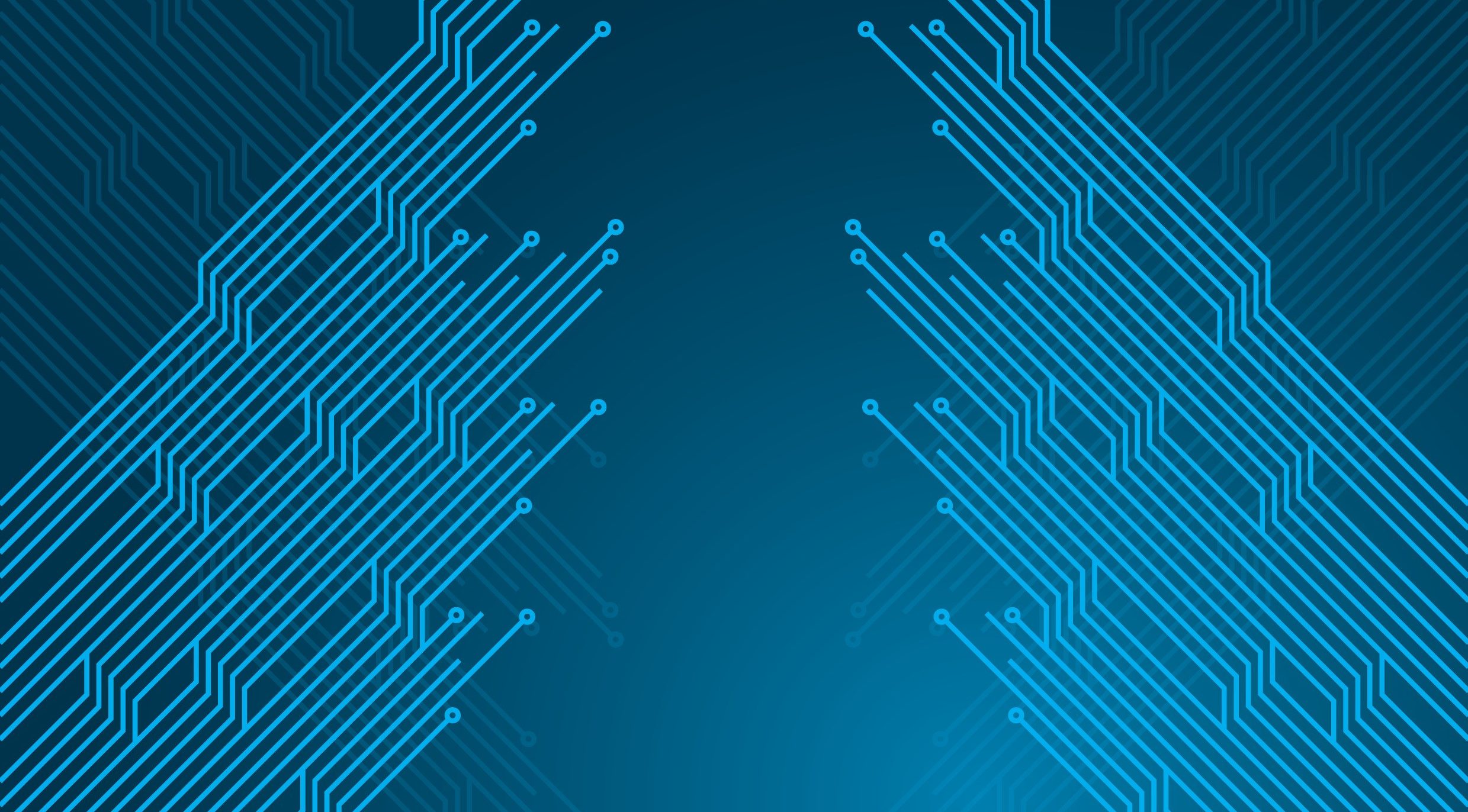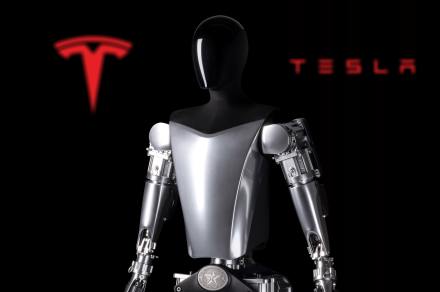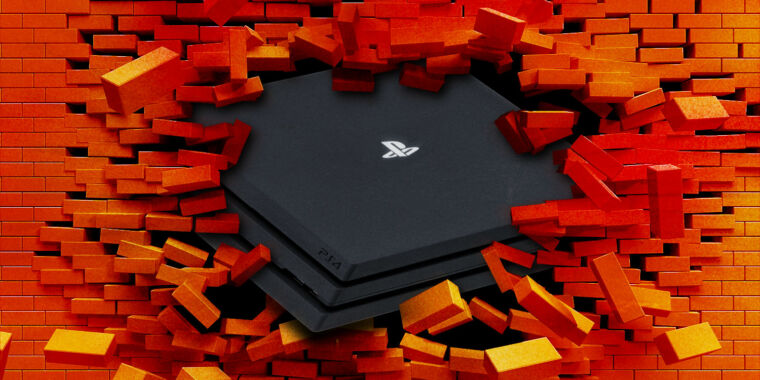The world’s first metal 3D printer for space is on its way to the International Space Station (ISS), where it will be installed in ESA’s Columbus module. Its mission is to demonstrate the validity of the technology in orbit and pave the way for future use on Mars and the Moon.
Developed by Airbus, the 180kg printer will be used to repair or manufacture tools, mounting interfaces, and mechanical parts. It can print parts with a volume of nine centimetres high and five centimetres wide, with the process lasting about 40 hours.
Once installed at the ISS, the 3D printer will manufacture four metal samples that will be sent back to Earth for analysis. The ground-based engineering model of the printer will also produce the same specimens.

“In order to evaluate the effects of microgravity, ESA and Danish Technical University will perform mechanical strength and bending tests and microstructural analysis on the parts made in space and compare them to the other specimens,” Sébastien Girault, metal 3D-printer system engineer at Airbus, explained.
In-space manufacturing: the new frontier

The <3 of EU tech
The latest rumblings from the EU tech scene, a story from our wise ol’ founder Boris, and some questionable AI art. It’s free, every week, in your inbox. Sign up now!
In-space manufacturing has emerged as the new frontier both for research and for improved space exploration capabilities.
When it comes to R&D, space’s properties — its microgravity, near-vacuum state, and higher levels of radiation — offer a unique testbed for sectors ranging from semiconductors to pharmaceuticals.
At the same time, the ability to repair or produce parts in space reduces the reliance on supplies sent from Earth and is therefore key to extended exploration and life support in space.
“Increasing the level of maturity and automation of additive manufacturing in space could be a game changer for supporting life beyond Earth,” Gwenaëlle Aridon, Airbus Space Assembly lead engineer, said.
“Thinking beyond the ISS, the applications could be amazing. Imagine a metal printer using transformed regolith [moondust] or recycled materials to build a lunar base!”
The metal age of space
3D printing of plastic parts aboard the ISS has been taking place since 2014. But printing metal in space comes with a set of challenges.
The first one is size. This required shrinking the printer to the dimensions of a washing machine; in comparison, ground-based printers occupy a minimum of 10 square metres, according to Girault.

Another challenge is safety. That’s because a metal 3D printer not only operates in higher temperatures, but also requires a powerful laser to melt the metal.
“The melting point of stainless steel is about 1400 °C so the printer operates within a fully sealed box, preventing excess heat or fumes from reaching the crew of the Space Station,” Advenit Makaya, materials engineer at ESA, said.
“And before the print process begins the printer’s internal oxygen atmosphere has to be vented to space, replaced by nitrogen — the hot stainless steel would oxidise if it became exposed to the oxygen.”
If the 3D printer yields the desired results, the technology could prove critical to Mars and lunar exploration, while contributing to ESA’s vision for a circular space economy.
“If this technology demonstrator proves to be successful, it opens the path to printing metal parts in space, in case a metal parts breaks down and needs to be replaced, or when a dedicated tool is needed which is not yet available,” Rob Postema, ESA technical officer, told TNW.
“In both cases, a re-supply mission is not needed. Next steps in the development and maturity of printing metal in space could include printing larger parts and using different metals.”
Update (08:10AM CET, February 02, 2024): The article has been updated to include the comment by Rob Postema.
Note: This article have been indexed to our site. We do not claim legitimacy, ownership or copyright of any of the content above. To see the article at original source Click Here













